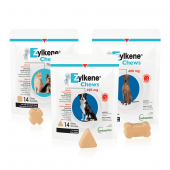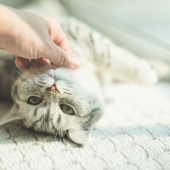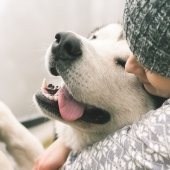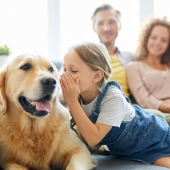To puppies, the world is a fantastic place filled with exciting new things to sniff out. It’s also full of tall humans who make funny noises, like “sit” or “stay.” To a pup, these words are no different than “bananas” or “chair.” But through proper training and a bit of patience, you can teach a young pet to associate them with specific behaviour or dog tricks.
How soon can puppy training start?
Most puppies can learn basic commands as early as eight weeks old. At this young age, every moment is a learning experience, and early training is a good way to teach your pet how you’d like them to behave. Delaying training may require changing some habits or reteaching things a dog has learned incorrectly.
How to train a puppy
Puppies have a short attention span, therefore training sessions should be brief, lasting only 5 to 15 minutes per day. These can be broken down into multiple sessions throughout the day, and in a household, should involve all family members (so your pet won’t respond only to you) and take place in different rooms.
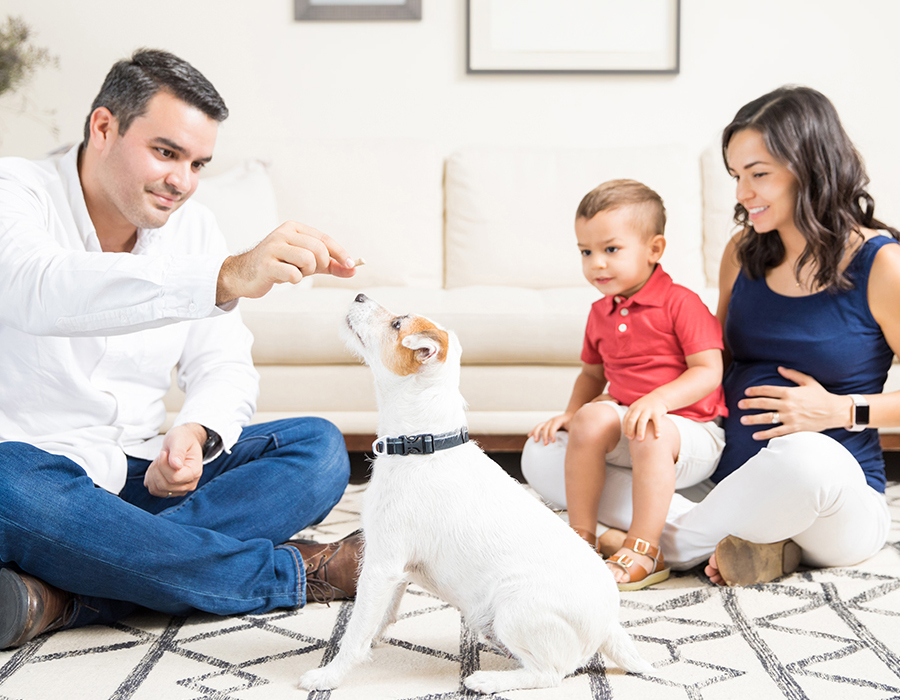
Training should be based on positive reinforcement, encouraging and rewarding the desired behaviour with food, treats and affection, rather than punishing failure to obey. Sessions should always end on a positive note. If your puppy is having a hard time learning a new trick, finish by repeating a trick they already know and rewarding them generously.
Using the right treats and rewards
When your puppy responds correctly to your commands, rewarding them with a dog treat or letting them play with their favourite toy are some examples of positive reinforcement.
In addition to the treat itself, make sure to encourage good behaviour with petting and praises, like “Good boy!” or “Good girl!” Your puppy will grow fond of these signs of affection, and over time, they can replace food rewards when you don’t have any with you.
Basic dog tricks using food lure training
Most basic commands can be taught using a piece of food or a treat as a lure, moving it to guide your dog’s body. Pair each dog trick with a simple command word, so the puppy learns to respond to both the vocal cue and hand movement.
To teach “sit”, hold the food over your pet’s nose and move it slowly backwards, encouraging them to sit naturally. For “down”, bring the food to the floor and release it only once the puppy is lying down. For “stand”, hold food up as your dog is sitting or lying down. To teach “come”, hold the food at a certain distance (and increase it progressively).
Avoid repeating commands
A command should be given only once, then rewarded with food or a treat as soon as your puppy adopts the right position, followed by praises and a friendly pat. If you repeat the same command multiple times, your dog will understand they don’t have to comply right away to receive their reward.


